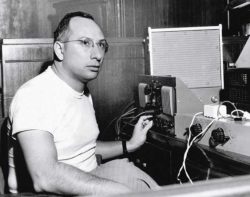History
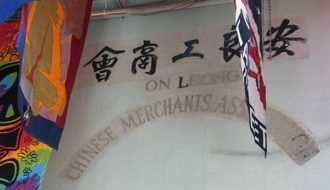
Chinatown
For six decades straddling the turn of the 20th century, one of the very few Chinatowns in the South anchored members of New Orleans's Chinese-ancestry community.

For six decades straddling the turn of the 20th century, one of the very few Chinatowns in the South anchored members of New Orleans's Chinese-ancestry community.
Christopher Mason Haile became a journalist and local color writer after he moved to Louisiana.
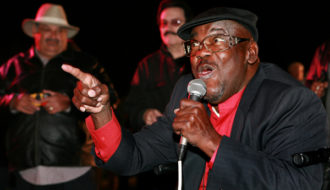
Louisiana singer and pianist Clarence "Frogman" Henry Jr., will forever be identified with the 1956 novelty rhythm & blues classic "Ain't Got No Home."
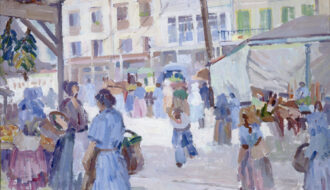
Clarence Millet, one of most important and prolific painters working in twentieth-century New Orleans, was one of the few Southerners elected as an associate to the National Academy of Design in 1943.
Attorney and feminist activist Clayton, or Clay, Latimer was instrumental in many of the reforms achieved by the modern women's rights movement in Louisiana.

Clay Shaw is the only person tried on charges related to an alleged conspiracy in the November 22, 1963, assassination of President John F. Kennedy.
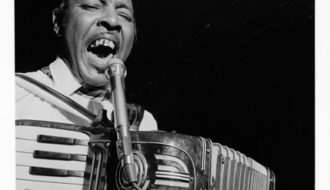
Clifton Chenier, self-proclaimed “King of the Bayou,” pioneered the modern sound of zydeco music starting in the 1950s.
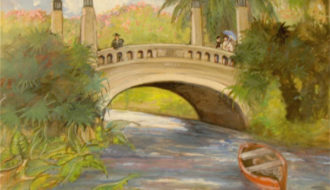
Impressionist painter Colette Pope Heldner lived with her husband, artist Knute Heldner, in the French Quarter, where she found the courtyards and architecture to be favorite subjects.
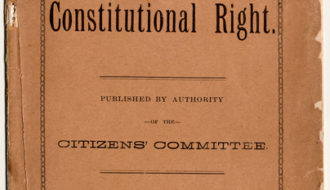
The Comité des Citoyens was an equal rights organization formed in 1891 that played a key role in the events leading up to Plessy v. Ferguson.

People have long advocated for the removal of monuments to the Confederacy and white supremacy. State and local governments have removed hundreds of monuments in recent years.
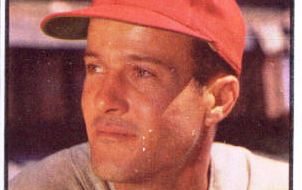
Louisianan and major league baseball player Connie Ryan played for the New York Giants.
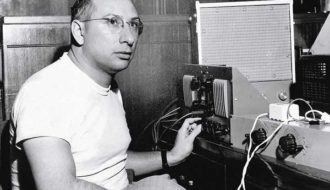
Italian American businessman, studio owner, and recording engineer Cosimo Matassa was one of the seminal figures of popular recorded music.
One-Year Subscription (4 issues) : $25.00
Two-Year Subscription (8 issues) : $40.00
